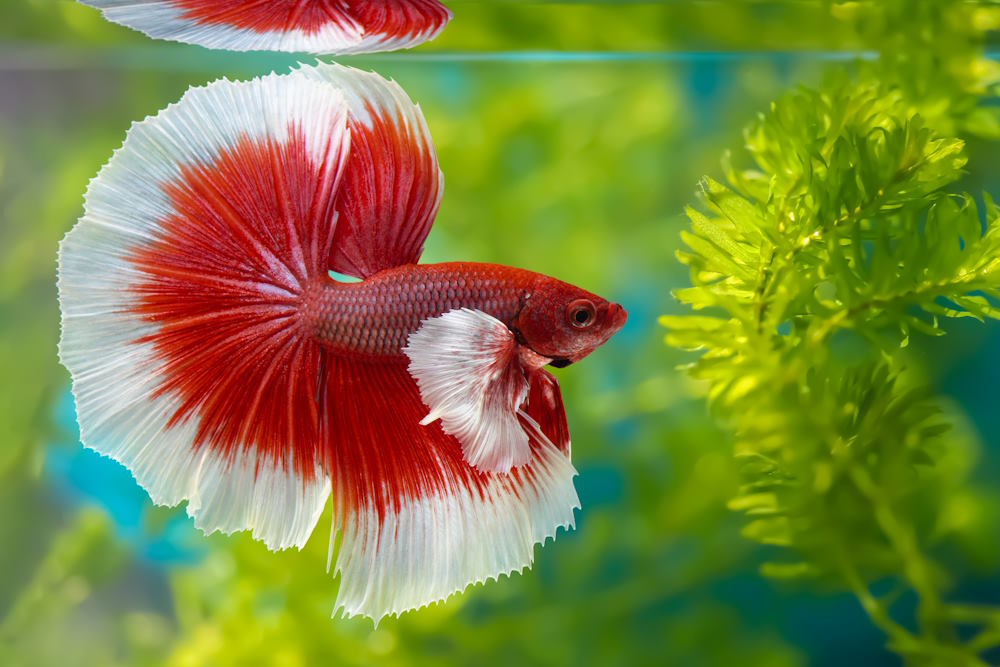Just How to Reproduce Betta Fish Successfully: Expert Techniques and Insights for Hobbyists Seeking To Expand Their Betta Collection
Reproducing Betta fish needs a nuanced understanding of genes and environmental problems, making it vital for hobbyists to come close to the procedure with both persistance and care. Developing an optimal reproduction atmosphere, choosing the right pairs, and observing the intricacies of their courtship habits are foundational steps that can substantially influence the end result. Furthermore, the subsequent care of the fry is essential for ensuring their healthy development. As we discover these key components, it becomes clear that effective reproduction is not practically the initial pairing but includes a broader method that benefits cautious factor to consider.
Understanding Betta Fish Genes
Understanding the genes of Betta fish is crucial for effective breeding, as it influences qualities such as shade, fin shape, and actions. Betta fish exhibit a diverse range of shades and patterns, greatly figured out by their genetic makeup.
In enhancement to pigmentation, fin morphology is one more substantial aspect of Betta genetics (betta fish). The form and size of fins are influenced by different genes, including those that establish whether the fins are short, long, or veil-shaped. Understanding these genetic variations aids dog breeders predict the phenotypic end results of their spawn
Furthermore, behavior traits such as aggressiveness and territoriality can also be influenced by genes. These habits play an essential duty in the reproducing procedure, as they can affect spawning success and the overall temperament of the resulting fry. By adequately understanding these hereditary concepts, breeders can make educated choices, eventually boosting their breeding programs and attaining desirable results.
Preparing the Breeding Setting
Developing an ideal breeding setting is essential for the successful reproduction of Betta fish. The initial step in preparing this setting is to pick a proper breeding tank, ideally ranging from 5 to 10 gallons.
Following, think about the use of a sponge filter or an air stone to supply gentle water blood circulation without developing solid currents that can emphasize the fish. It is important to install plants or reproducing cones to provide hiding spots and promote comfort for the woman during the spawning process. Floating plants, such as Java moss or water sprite, can likewise produce a much more natural surroundings while assisting in bubble nest building by the male.
Before presenting the reproducing sets, ensure the water is conditioned and free from unsafe chemicals, such as chlorine or hefty steels. betta fish. Normal water modifications should be performed to maintain ideal water top quality, boosting the chances of successful breeding. With these preparations in location, the reproducing environment will certainly support the health and wellness and well-being of both Betta fish
Choosing Reproduction Pairs
Selecting the best reproduction sets is critical for accomplishing effective Betta fish reproduction. Healthy and balanced Betta fish exhibit vibrant colors, clear eyes, and active behavior.
Personality is an find here additional crucial factor to consider, as Betta fish are understood for their aggressive nature. It is recommended to pick a man and lady that exhibit compatible personalities to reduce stress and anxiety during the breeding process. A tranquil man can encourage a smoother courtship, while a lady that is as well hostile may interrupt the process.
Hereditary background likewise plays a significant duty in the top quality of the spawn. Breeding fish that are genetically diverse can minimize the threat of genetic health issues and enhance the total vitality of the fry. It is valuable to investigate the lineage of both the man and woman, concentrating on desirable attributes such as fin kind, color patterns, and size.
The Reproduction Process
The breeding procedure of Betta fish calls for cautious preparation and interest to detail to make sure an effective result. It is essential to prepare an ideal breeding storage tank, ideally a 5-10 gallon fish tank with a temperature level maintained at 78-80 ° F. The storage tank should be equipped with a heating system, filter (ideally sponge kind to prevent solid currents), and lots of marine plants for the woman to conceal.
Once the setting is set, present the chosen breeding set to the tank, permitting them to accustom. Observe you can find out more their habits; the male will certainly present sophisticated courtship routines, including flaring his fins and developing a bubble nest. If the lady shows passion, she will certainly show upright red stripes indicating preparedness for spawning.
When the female is receptive, the pair will certainly involve in a mating welcome, throughout which the male fertilizes the eggs. Maintaining ideal water problems throughout this period is crucial for the advancement of healthy and balanced Betta fry.
Taking Care Of Betta Fry

Feeding Betta fry is crucial, as they need a diet high in healthy protein. Initially, they can be fed infusoria or fluid fry food, transitioning to carefully crushed high-quality pellets as they expand. Feed tiny parts multiple times a day to urge healthy and balanced development without straining the container with leftover food.

As they mature, check their development carefully and divide any hostile people to avoid damage. By offering a nurturing setting and proper nutrition, hobbyists can efficiently raise Betta fry into vivid, healthy fish, eventually improving their breeding endeavors.
Final Thought
Successful Betta fish reproduction calls for thorough attention to hereditary choice, ecological problems, and care for the fry. By understanding the genetics of Betta fish and preparing an ideal breeding atmosphere, hobbyists can enhance the official source opportunities of creating lively, healthy and balanced children. Choosing compatible reproduction pairs and very closely keeping an eye on the courtship and spawning procedures are crucial. Finally, supplying ideal take care of the fry ensures their healthy and balanced development, adding to a thriving Betta collection.